1. Statement Pendant Lighting Over Islands
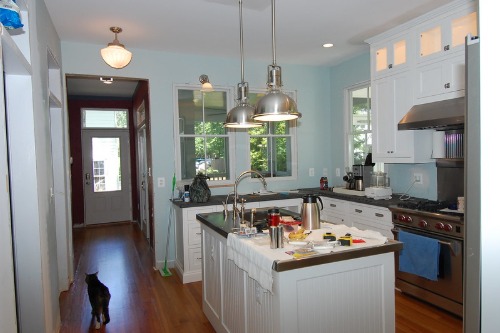
Oversized globe lights or geometric pendants once anchored kitchens with style—but they’ve since become the go-to finishing touch in modern builds. When every island has the same trio of black or brass pendants, they lose their impact. Repetition dims the drama. It’s no longer a choice—it’s a checkbox.
Designers now use unexpected scale, mixed materials, or layered lighting to differentiate space. Light isn’t just illumination—it’s personality. Pendants can still make a statement—but they need to say something new. Even brilliance gets boring when it’s cloned.
2. Matte Black Fixtures
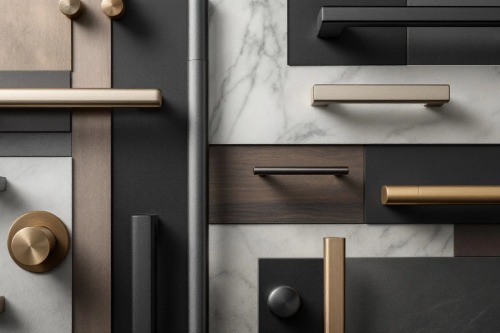
Matte black faucets, cabinet pulls, and lighting exploded in popularity for their bold contrast and modern edge. Originally seen as a design-forward choice, they’ve since become a default in spec homes across the country. Overexposure has made them feel less intentional, more formulaic. What once felt edgy now blends into expected.
Designers are shifting toward mixed metals, aged brass, or muted pewter for more depth and warmth. The new goal is distinction over repetition. Matte black isn’t out—but it’s no longer shorthand for sophistication. Popularity breeds predictability.
3. Farmhouse Sinks
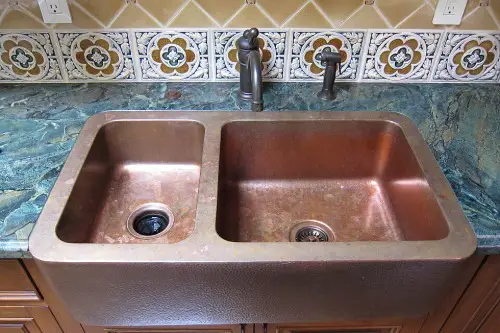
The apron-front sink brought rustic charm to otherwise sleek kitchens, bridging modern design with old-world appeal. But after years of dominance—especially in white Shaker-heavy kitchens—it’s started to feel like a trend that overstayed its welcome. Subdivisions packed with near-identical farmhouse sinks have made them feel less curated. Charm fades when it becomes cookie-cutter.
Homeowners now lean toward integrated sinks, stone basins, or even vintage-style troughs for uniqueness. Functionality matters—but so does freshness. Farmhouse sinks aren’t obsolete, but they’ve lost their exclusivity. The moment feels less artisanal, more algorithmic.
4. Shiplap Walls
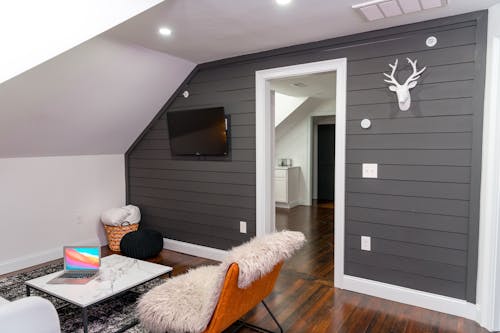
Shiplap rocketed to fame thanks to design shows and DIY reno trends, giving interiors a breezy, cottage-inspired feel. For a time, it signaled texture, style, and clever wall treatment—but it’s now everywhere, from starter homes to commercial builds. Its oversaturation has turned personality into pattern. Where it once felt charming, it now feels automatic.
Designers are replacing shiplap with limewash textures, natural wood paneling, or artisan plaster finishes. Character is returning through subtle craftsmanship, not visual clichés. Shiplap isn’t out—but it needs fresh context to stay relevant. Texture works best when it tells a new story.
5. Board-and-Batten Exteriors
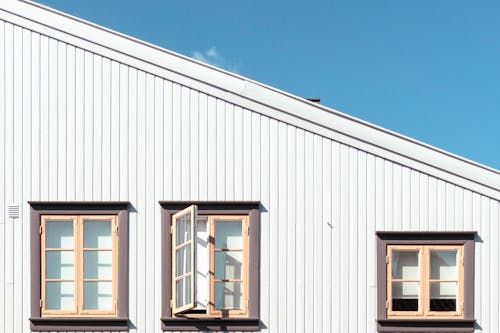
This clean-lined exterior look was originally associated with modern farmhouse or craftsman homes. But now, entire subdivisions feature identical board-and-batten facades, eroding its design intent. It’s no longer a style decision—it’s a template from the developer’s playbook. Visual rhythm becomes visual repetition.
Architects are returning to brick, stucco blends, or mixed cladding with intention and contrast. Homeowners crave distinction—not just familiarity. What was once striking has become background noise. When uniqueness disappears from the façade, so does the story.
6. Sliding Barn Doors
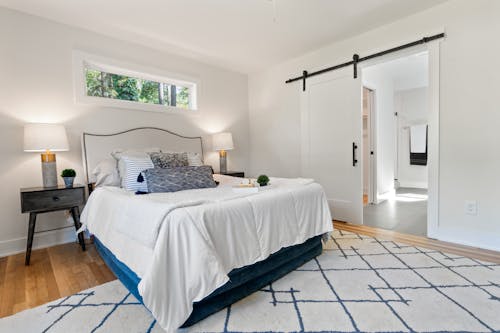
Barn doors offered space-saving function and rustic charm, especially in homes lacking traditional swing clearance. But their explosion into suburban layouts—often without architectural context—has turned them into a visual cliché. Installed everywhere from laundry rooms to en suites, they now signal trend rather than intention. The charm feels mass-produced.
Pivoting toward pocket doors, arched thresholds, or vintage French doors brings back elegance and originality. A door should reflect the home’s design DNA—not just its Pinterest board. Barn doors aren’t off-limits—but they need a purpose beyond popularity. Function is timeless—style should evolve.
7. Open Shelving in Kitchens
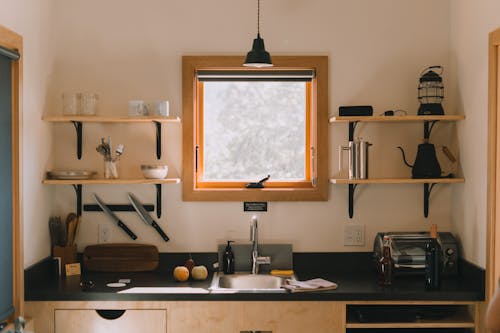
Exposed shelves once gave kitchens a breezy, magazine-ready look, showcasing curated dishes and greenery. But when replicated across subdivisions with identical brackets and styling, the aesthetic starts to feel contrived. It looks great—but often lacks the practicality homeowners need. Visibility has turned into vulnerability.
Cabinets with glass fronts, shallow ledges, or modular storage are replacing the open shelf trend. Style now requires function to earn its keep. When everyone displays the same ceramic bowls and trailing pothos, the appeal dims. Real life needs real storage.
8. Quartz Countertops
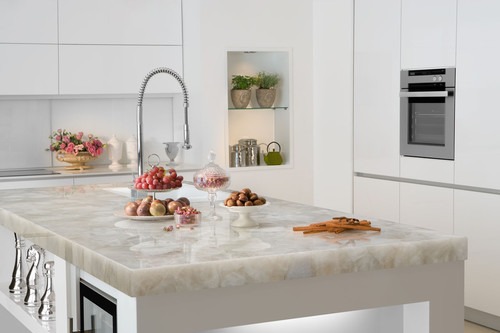
Once a luxury material reserved for high-end kitchens, quartz quickly became the go-to upgrade for modern homes. Its durability and sleek appearance made it an easy sell—but its widespread use has diluted its status. Now, seeing quartz countertops signals a builder’s checklist more than personal style. It’s the granite of the 2020s: dependable, but no longer dazzling.
Buyers and designers are exploring alternatives like honed marble, soapstone, or even porcelain slabs for more character. Texture and finish are playing bigger roles than the material itself. Quartz still performs well—but it’s no longer a signature statement. When exclusivity fades, innovation follows.
This post 8 Home Features That Feel High-End—Until You See Them in Every Subdivision was first published on Greenhouse Black.
